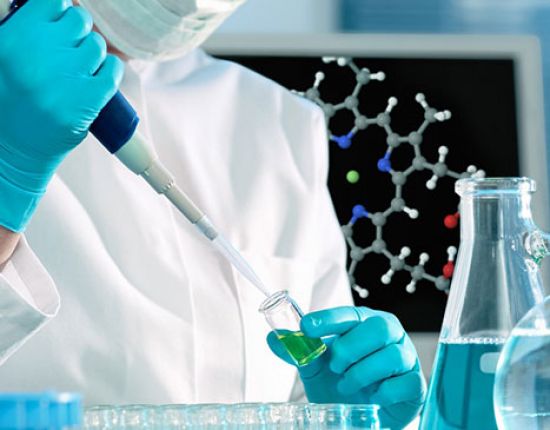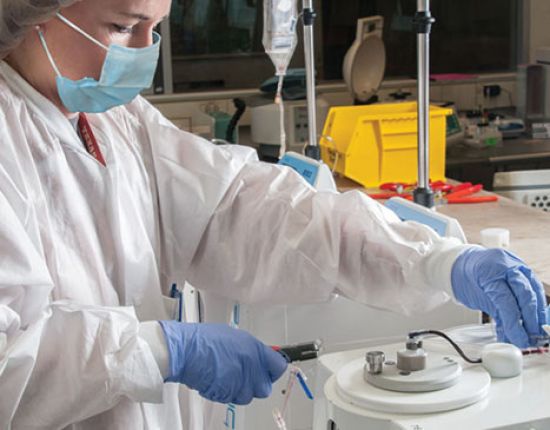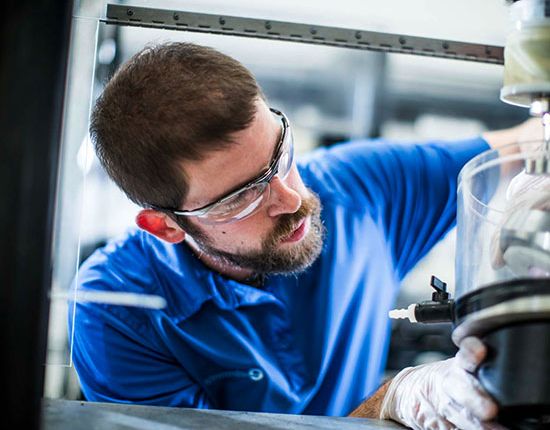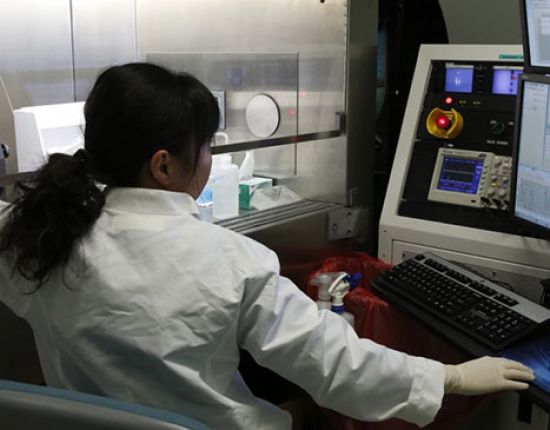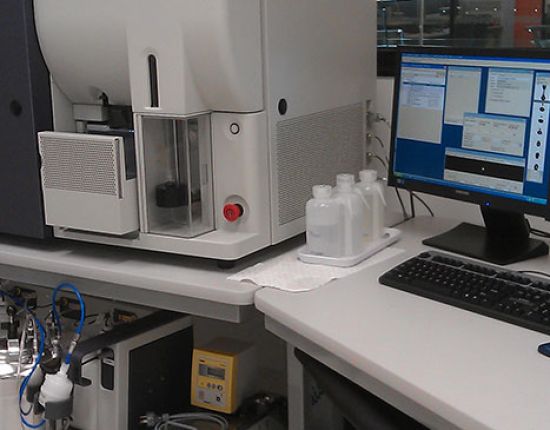Assay Development
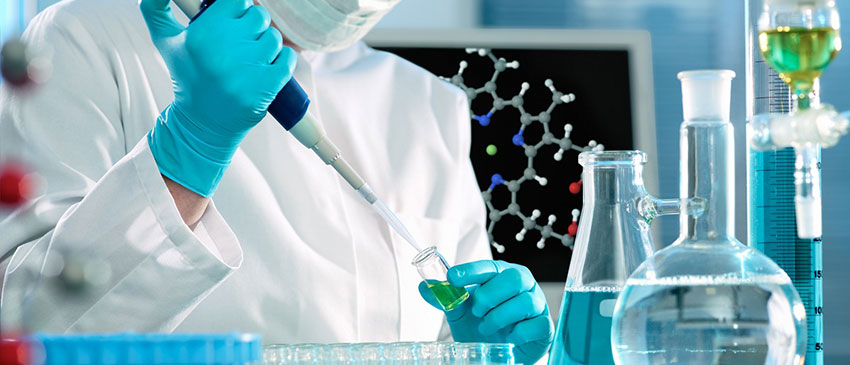
 BSR and its experienced scientific staff provide the scientific services to efficiently develop or qualify immunologic and cell-based assays for proof-of-concept through clinical and manufacturing.
BSR and its experienced scientific staff provide the scientific services to efficiently develop or qualify immunologic and cell-based assays for proof-of-concept through clinical and manufacturing.
BSR's strong academic base, combined with our independence and experience of working to cGMP standards, gives our clients an unparalleled advantage. BSR has immediate access to the 400 plus research scientists of the Immune Disease Institute (IDI), an internationally recognized immunology research institute and Harvard Medical School affiliate. IDI Senior Investigators are in the vanguard of immunologic research and research methods. BSR can employ this base of knowledge and experience to our customer's benefit for: Feasibility Assessments, Method Developments, Assay Validation, and Method Transfer
BSR Assay development areas of expertise include assays for: Blood cells, Platelets and Plasma proteins, Complement, Coagulation and Contact plasma systems, Enzyme kinetic assays, ELISA and, Immunoassays, Ligand binding assays, in addition to Primary tissue and Cell-Based Bioassays, with measured variables of: Proliferation, Migration, Survival, Stimulation, Inhibition, PCR and Real-time PCR, and Protein micro arrays.
BSR successes include: Platelet function assays to measure drug interactions; Primary endothelial cell migration inhibition assay for angiogenesis drug testing; Cellular proliferation and growth factor based wound healing analysis; Real-time PCR and functional analysis of drug-dependent gene expression in primary cell culture; Cytokine analysis by ELISPOT, intracellular fluorescent staining, ELISA and Cytokine protein micro-array; Complement and contact system lot release assays for IVIG product; Research support for patent application, challenge or defense; Viral identification micro-array for rodent virus; Apoptosis analysis in primary cell culture and cell lines; Phage-display ligand selection; Nitric oxide synthetase function and gene expression.
BSR develops bioassays, enzyme and immuno-assays that are accurate, precise reproducible, and robust. With over 40 years of combined development experience and the considerable resources of the IDI. BSR is a unique resource for assay development with close ties to academic research, but with the experience and discipline of working in an FDA regulated quality systems environment.
Click Here for Assay Development Services
Phases of Assay Development:
Meeting the needs of our clients is our priority. BSR offers a flexible program designed to efficiently meet our clients' requirements and we encourage client participation at all phases of the project. Not all studies require full cGMP compliant assays, but at a minimum assays should be qualified to assure that the data generated is meaningful. A full Assay Development program would include: Selection of appropriate assay format; Exploration of critical assay and sample variables; Draft of assay SOP; Performance of initial DOE to establish assay statistics; Documentation of established assay specifications and competence, claims for assay performance and a locked SOP ready to be validated.
Assay Development vs. Assay Validation:
Assay development, optimization and pre-validation are experiments that determine how a range of matrix and sample elements, as well as assay conditions, affect assay parameters and assay performance. These data, along with scientific judgment, set the acceptance criteria for the assay validation. The important distinction is that a validation protocol must prospectively set claims for assay performance with normal and planned deviations introduced into assay conditions and extremes of qualified matrix and sample conditions tested. It is these claims that are verified or rejected by the validation experiments.
BioAssay: What is different?
A Bioassay measures the response of a living cell or organism to challenge by drug or other stimulus. Bioassays are generally very labor intensive and the data contains large amounts of noise. These assays therefore require treatment that differs from a ligand-binding assay such as ELISA or cell surface receptor binding assay. ELISA, LC and other non-Bioassays typically return a concentration or concentration related variable such as an IC50. Bioassays return relative potency, which is the horizontal distance between sample does-response curves (log dose on x axis vs. response on y axis). This treatment minimizes variation associated with controls, slopes, asymptotes and inconsistencies in test cells or organisms. Bioassay dependent variables include, for example: Apoptosis, Cell proliferation, Cell migration, Cytokine Secretion, Cell stimulation, Gene expression, Viability, Cell phase arrest. Cell Function/Inhibition.
Assay parameter definitions:
-
Specificity:
The ability to assess unequivocally the analyte in the presence of components which might be expected to be present (3). The specificity of an assay is the capability of the assay to differentiate similar analyte or interference from matrix elements that could have a positive of negative effect on the assay value.
-
Accuracy:
The agreement between the value found and an excepted reference value (3). This requires a standard or method but in the absence of a gold standard or method, comparison to established reference labs may substitute.
-
Precision:
The variability in the data from replicate determinations of the same homogeneous sample under the normal assay conditions (3). For enzyme assays, precision is usually <10%; 20 to 50% for in vivo and cell based assays; and >300% for virus titer assays. Precision includes within assay variability, repeatability (within-day variability), and reproducibility (day-to-day variability). Precision may be established without the availability of a standard as it represents the scatter of the data rather than the exactness (accuracy) of the reported result.
-
Detection Limit:
The lowest amount of analyte, which can be detected but not necessarily quantified as an exact value (3). The detection limit is a low concentration that is statistically distinguishable from background or negative control, but is not sufficiently precise or accurate to be quantified.
-
Limits of Quantitation:
The lowest and highest concentrations of analyte in a sample that can be quantitatively determined with suitable precision and accuracy (3). The lower limit of quantitation is often defined by an arbitrary cut-off such as a ratio of signal-to-noise, equal to 1:10, or a value equal to the mean of the negative control plus 5 times the standard deviation of the negative control values.
-
Linearity:
The ability of the assay to return values that are directly proportional to the concentration of the analyte in the sample. Mathematical data transformations, to promote linearity, may be allowed if there is scientific evidence that the transformation is appropriate for the method.
-
Range:
The concentrations of analyte or assay values between the low and high limits of quantitation. Within the assay range, linearity, accuracy and precision are acceptable.
-
Repeatability:
The variance among assays within a run or day
-
Intermediate precision:
Variance within a lab but between days, analysts, equipment
-
Reproducibility:
Variance between labs
-
Ruggedness:
The reproducibility of the assay under a variety of normal, but variable, test conditions. Variable conditions might include different machines, operators, and reagent lots. Ruggedness provides an estimate of experimental reproducibility with unavoidable error.
-
Robustness:
A measure of the assay capacity to remain unaffected by small but deliberate changes in test conditions. Robustness provides an indication of the ability of the assay to perform under normal usage (3). Robustness measures the effect of deliberate changes (incubation time, temperature, sample preparation, buffer pH) that can be controlled through specifications in the assay protocol.
Important cGMP Assay Development Documents
- Validation of immunoassays for bioanalysis: a pharmaceutical industry perspective. Findlay J. Smith W. Lee D. Nordblom G. Das I. DeSilva B. Khan M. and Bowsher R. Journal of Pharmaceutical and Biomedical Analysis. 21: 1249-1273, 2000.
- United States Pharmacopoeia-USP Validation of Compendial Methods Supplement 10, pp 5059-5062, 1999
- FDA International Conference on Harmonization; Guideline on Validation of Analytical Procedures: Definitions and Terminology; Availability. Docket No. 94D-0016, March 1995.
- FDA International Conference on Harmonization; Guideline on the Validation of Analytical Procedures: Methodology; Availability. Docket No. 96D-0030, May 1997.
- Code of Federal Register Part 211 Current Good Manufacturing Practice for Finished Pharmaceuticals. 211.166 Stability testing; 211.194 Laboratory records;
- FDA “Guidance for Industry: Bioanalytical Method Validation” CDER 2001; and ICH Q2(R1) “Validation of Analytical Procedures: Text and Methodology.
- FDA"Guidance for Industry, Clinical Laboratories, and FDA Staff: In Vitro Diagnostic Multivariate Index Assays. CDER July 26, 2007



